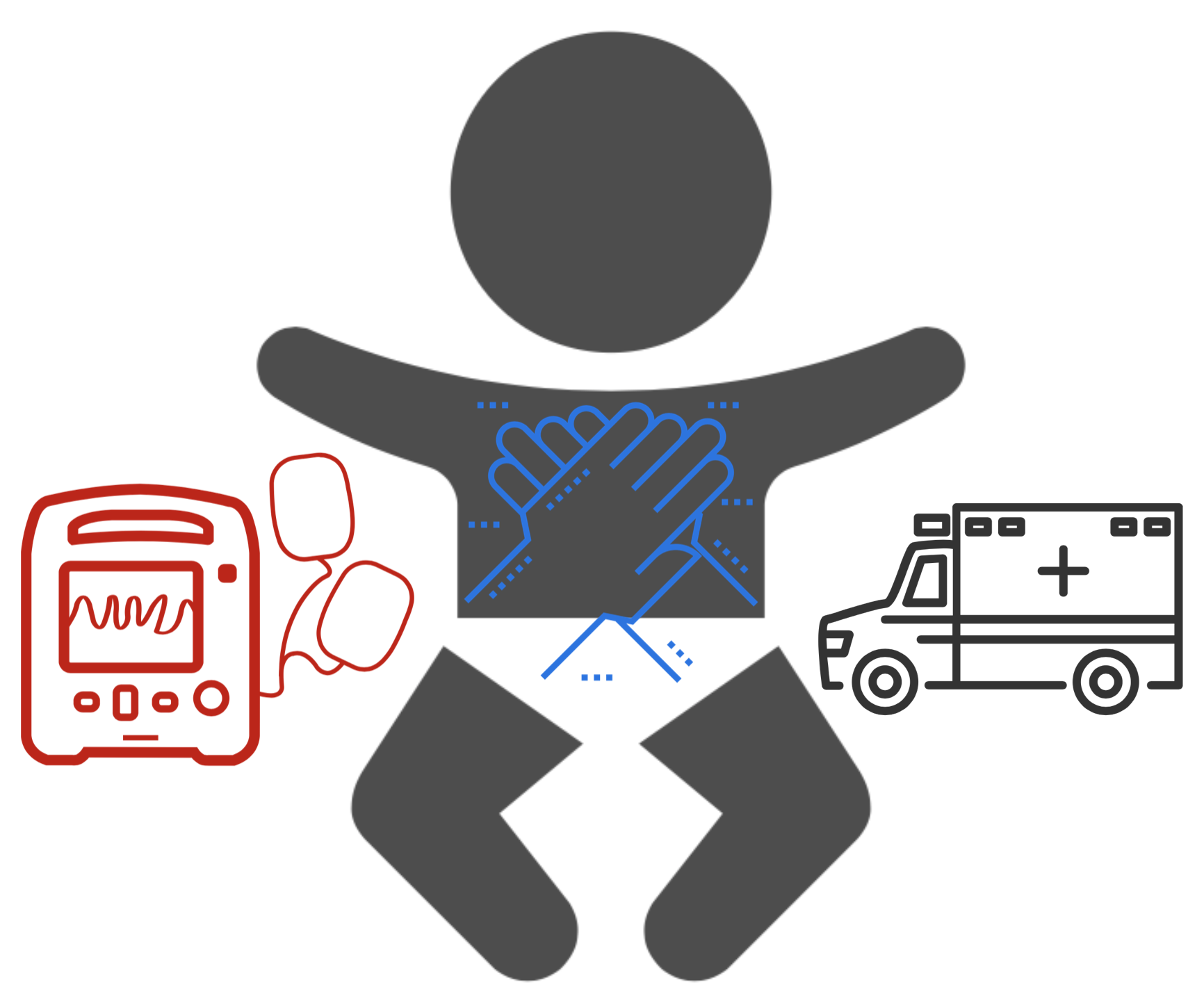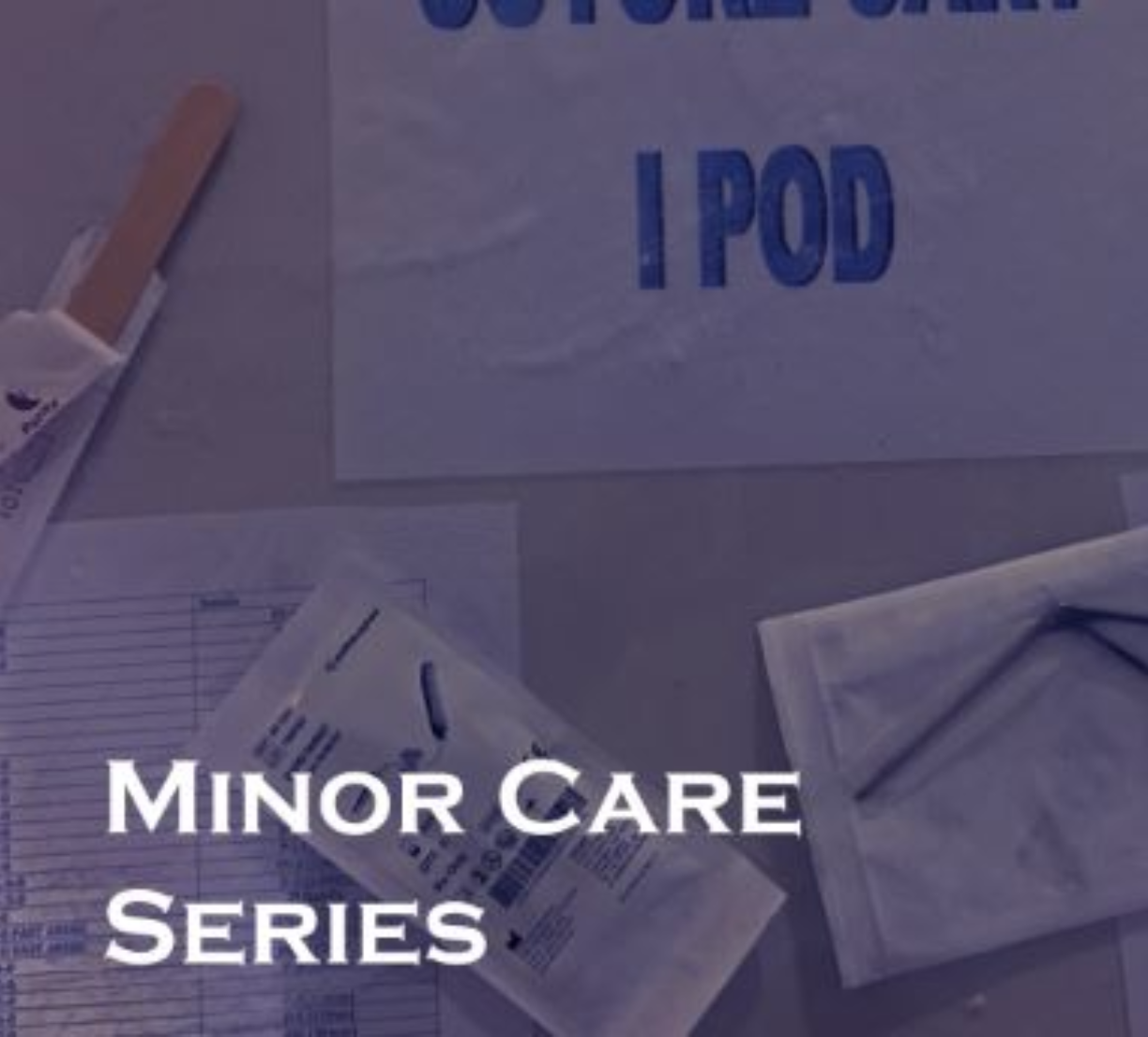To Appendectomy or Not to Appendectomy: The Alvarado Score
/Appendicitis is the most common surgical emergency that emergency physicians encounter each year. The prevalence of appendicitis in the US is estimated at 7%, with an incidence of 9.38 per 10,000 people annually [1,2]. Appendicitis shares many signs, symptoms, and laboratory features with other acute medical and surgical conditions, including diverticulitis, nephrolithiasis, and ovarian pathologies like tubo-ovarian abscess and ovarian torsion. Diagnostic tools such as the Alvarado score are designed to help emergency clinicians sharpen their diagnostic acumen by stratifying the likelihood of appendicitis based on scoring systems
Read More













